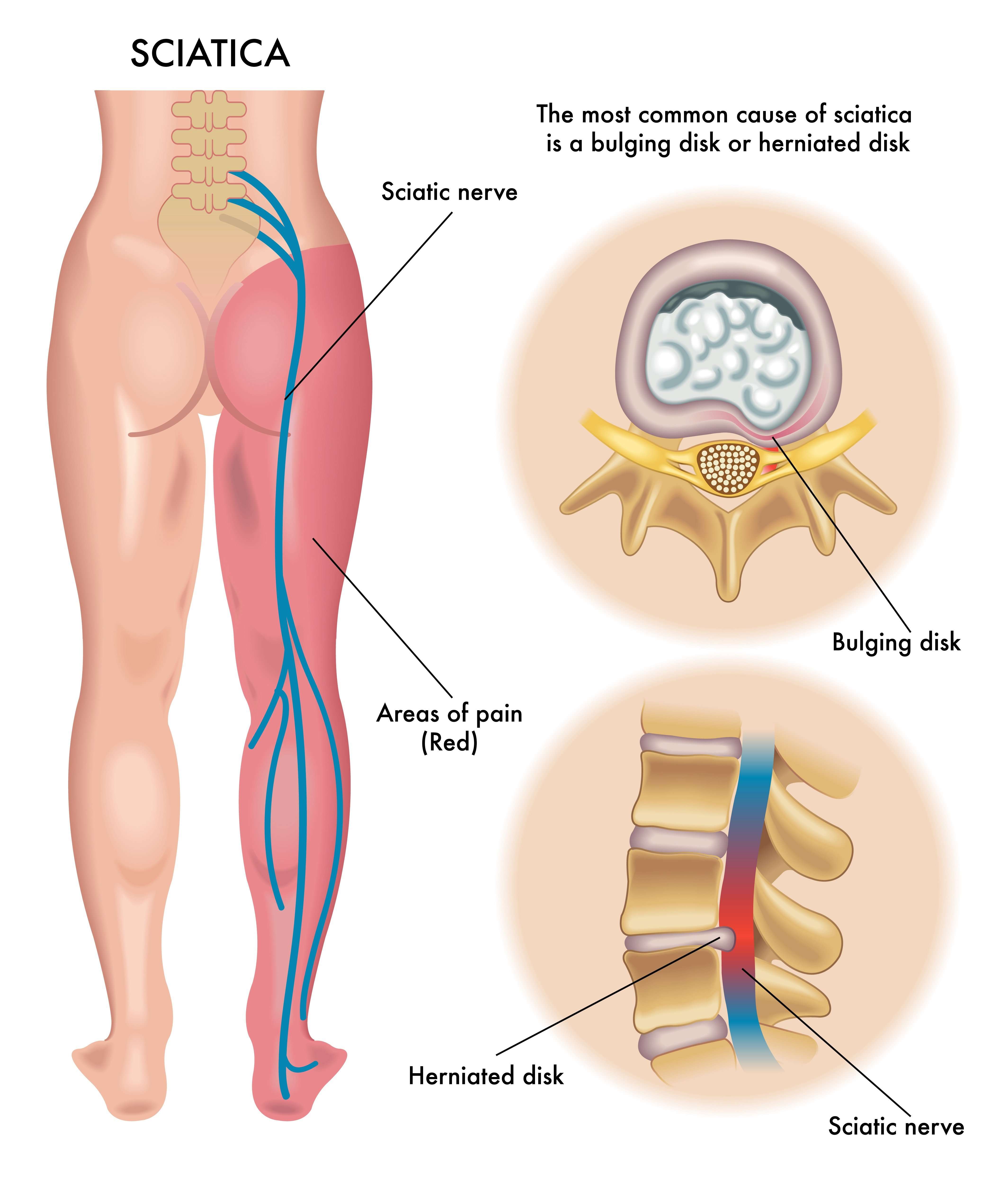Title: Understanding Sciatica: Signs, Symptoms, Causes, Risk Factors, Diagnosis, Prevention, Diet, Lifestyle, and Homoeopathic Treatment
Introduction:
Sciatica is a common condition characterized by pain radiating along the path of the sciatic nerve, which runs from the lower back down the back of each leg. The pain can be debilitating and significantly affect one's quality of life. Understanding the signs, symptoms, causes, risk factors, diagnosis methods, prevention strategies, diet and lifestyle considerations, and the potential role of homoeopathic treatment is essential for effectively managing sciatica. In this blog post, we will explore the key aspects of sciatica and its holistic approach to treatment.
Signs and Symptoms of Sciatica:
1. Radiating pain: Sharp, shooting pain that radiates from the lower back through the buttocks and down the leg.
2. Numbness and tingling: Sensations of numbness, tingling, or a pins-and-needles feeling in the leg or foot.
3. Muscle weakness: Weakness or difficulty moving the leg, foot, or toes.
4. Pain aggravated by certain activities: Pain may worsen when sitting, standing for long periods, or during movements that involve bending or twisting the spine.
Common Causes of Sciatica:
1. Herniated disc: When the soft inner portion of a spinal disc protrudes through a crack in the outer layer, it can compress the sciatic nerve.
2. Spinal stenosis: Narrowing of the spinal canal, which can compress the nerves, including the sciatic nerve.
3. Piriformis syndrome: Irritation or compression of the sciatic nerve by the piriformis muscle in the buttocks.
4. Spinal misalignment or injury: Any condition that puts pressure on or irritates the sciatic nerve.
Risk Factors for Sciatica:
1. Age: As people age, changes in the spine, such as herniated discs and bone spurs, become more common.
2. Occupation: Jobs that require heavy lifting, prolonged sitting, or twisting motions may increase the risk of developing sciatica.
3. Obesity: Excess weight can put additional strain on the spine and increase the risk of nerve compression.
4. Diabetes: People with diabetes may have an increased risk of nerve damage, including the sciatic nerve.
5. Sedentary lifestyle: Lack of regular physical activity and poor posture can contribute to sciatica.
Diagnosis of Sciatica:
1. Medical history and physical examination: A healthcare professional will inquire about symptoms and perform a physical examination to assess nerve function and identify potential causes.
2. Imaging tests: X-rays, MRI scans, or CT scans may be conducted to visualize the spine and identify structural abnormalities or disc herniation.
Prevention Strategies, Diet, and Lifestyle Considerations:
1. Maintain good posture: Use ergonomic furniture and ensure proper alignment of the spine while sitting, standing, and lifting.
2. Exercise regularly: Engage in activities that promote core strength, flexibility, and overall fitness. Low-impact exercises like swimming or walking can be beneficial.
3. Practice proper lifting techniques: When lifting heavy objects, use your legs rather than your back to minimize strain.
4. Take breaks and stretch: Avoid prolonged sitting or standing and take regular breaks to stretch and move.
5. Maintain a healthy weight: Excess weight can put strain on the spine and increase the risk of nerve compression.
Homoeopathic Treatment for Sciatica:
Homoeopathic treatment for sciatica aims to address the underlying causes, reduce pain and inflammation, and promote nerve healing. Some commonly used homoeopathic remedies for sciatica include:
1. Colocynthis: Indicated for sharp, shooting pain along the sciatic nerve, often aggravated by motion and relieved by warmth.
2.Magnesia phosphorica: Useful for spasmodic pain, cramps, and shooting pains that improve with heat and pressure.
3. Gnaphalium polycephalum: Recommended for sciatica with intense pain, numbness, and tingling.
It is important to consult a qualified homoeopathic practitioner for an accurate diagnosis and individualized treatment plan based on your specific symptoms and overall health.
Conclusion:
Sciatica can cause significant pain and discomfort, but with proper understanding and management, its impact can be minimized. By recognizing the signs, understanding the causes, implementing prevention strategies, adopting a healthy diet and lifestyle, and considering homoeopathic treatment as a complementary approach, individuals can effectively manage sciatica and improve their overall well-being. Remember to consult healthcare professionals for an accurate diagnosis and to create a comprehensive treatment plan tailored to your specific needs.



Leave a Message